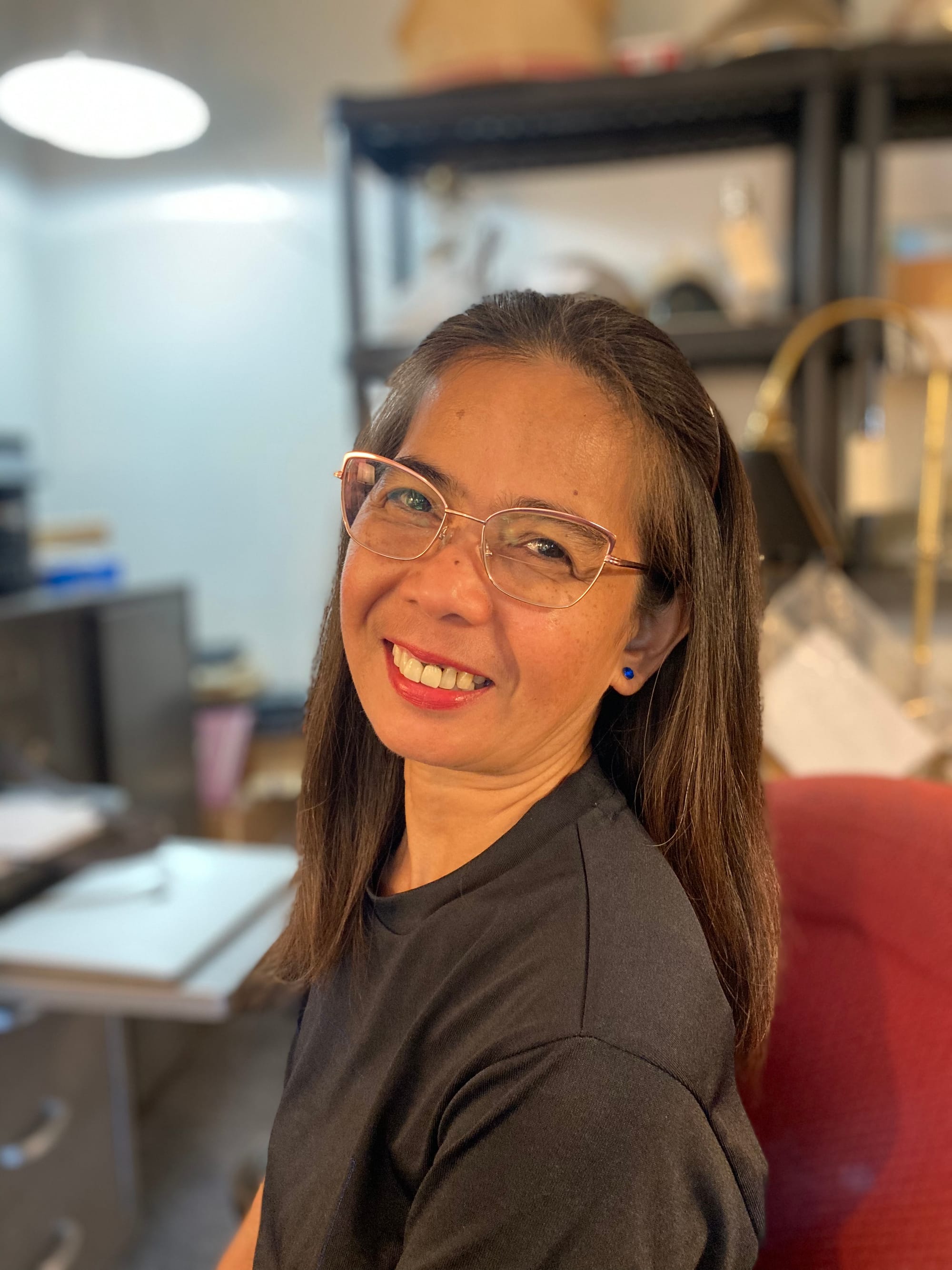Buwán ng Wikà: A Time to Reflect on Philippine Languages
Is Visayan a language? What about Ilonggo? During Buwán ng Wikà, we ask an important question: how do Filipinos distinguish between a language and a dialect? The answers might surprise you.

As we celebrate Buwán ng Wikà, many learners—especially Filipino Diaspora—wonder about the differences between Filipino, Tagalog, and other Philippine languages. This newsletter shares key insights, cultural notes, and a guide to deepening your connection with our language.
Every August, the Philippines celebrates Buwán ng Wikà (in English, “National Language Month”) to honor our languages and culture. It is a perfect time for anyone learning Philippine languages to participate in a fun and meaningful way.
Today, I want to share with you some insightful reflections and discussions on the question: How do locals identify a language versus a dialect?
Here’s our recorded conversation:
Aralin World is also on YouTube.
Key Points from the Discussion:
- Why are we often confused about what counts as a language versus a dialect?
- “Visayan” does not refer to a language—it refers to a group of people whose lineage is from the Visayan islands. Each major Visayan island has its own distinct language.
- “Ilonggo” is not a language either—it refers to people who speak Hiligaynon.
- Hiligaynón language is being spoken in two different islands. These are Panáy and Negros.
- Filipinos have varied convictions about how to properly refer to languages versus dialects.
- Today, more Filipinos are gaining clarity on this distinction.
- There is a growing interest among Filipinos in strengthening their native languages and cultures.
- Filipino (the national language) is the contemporary version of Tagalog, enriched with loanwords from Spanish, English, technical terms, and words borrowed from other Philippine languages like Cebuano and Ilokano.
- Tagalog is both a language and a term for people whose lineage comes from the Tagalog ethnic group.
- President Manuel L. Quezon established Wikang Pambansâ (National Language) in 1946, with Tagalog as its foundation.
- Considering Filipino as an amalgamation of many languages helps break exclusivity among the country’s diverse ethnic groups.
- Even so, we must not forget to keep using and valuing our ethnic languages such as Bikolano, Ilokano, Cebuano, and more.
Special Invitation: Start Your Tagalog Journey Today
Become a paid member today and you’ll get free access to my upcoming eBook, Learn Tagalog in 14 Days—a structured guide designed for beginners to confidently start speaking Tagalog.

Conclusion
As we celebrate Buwán ng Wikà, may we take pride not only in Filipino as our national language but also in the richness of our ethnic languages that shape our identity. The ongoing dialogue about language versus dialect reminds us that understanding these distinctions is not about division but about honoring diversity.
Whether you’re reconnecting with your roots or just beginning your journey in Tagalog, this is the perfect season to learn, reflect, and celebrate.





Comments ()